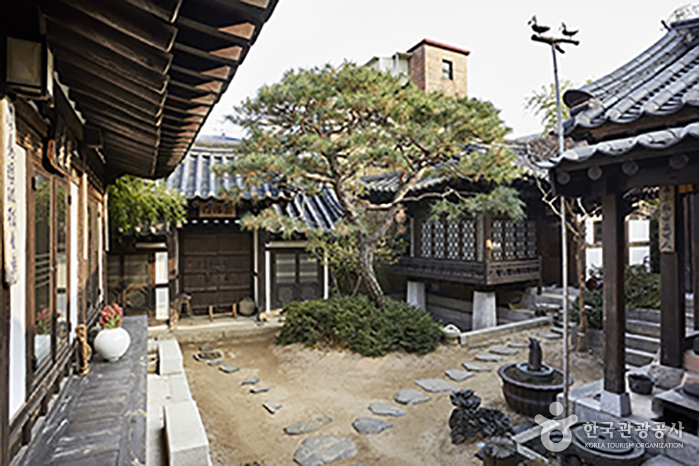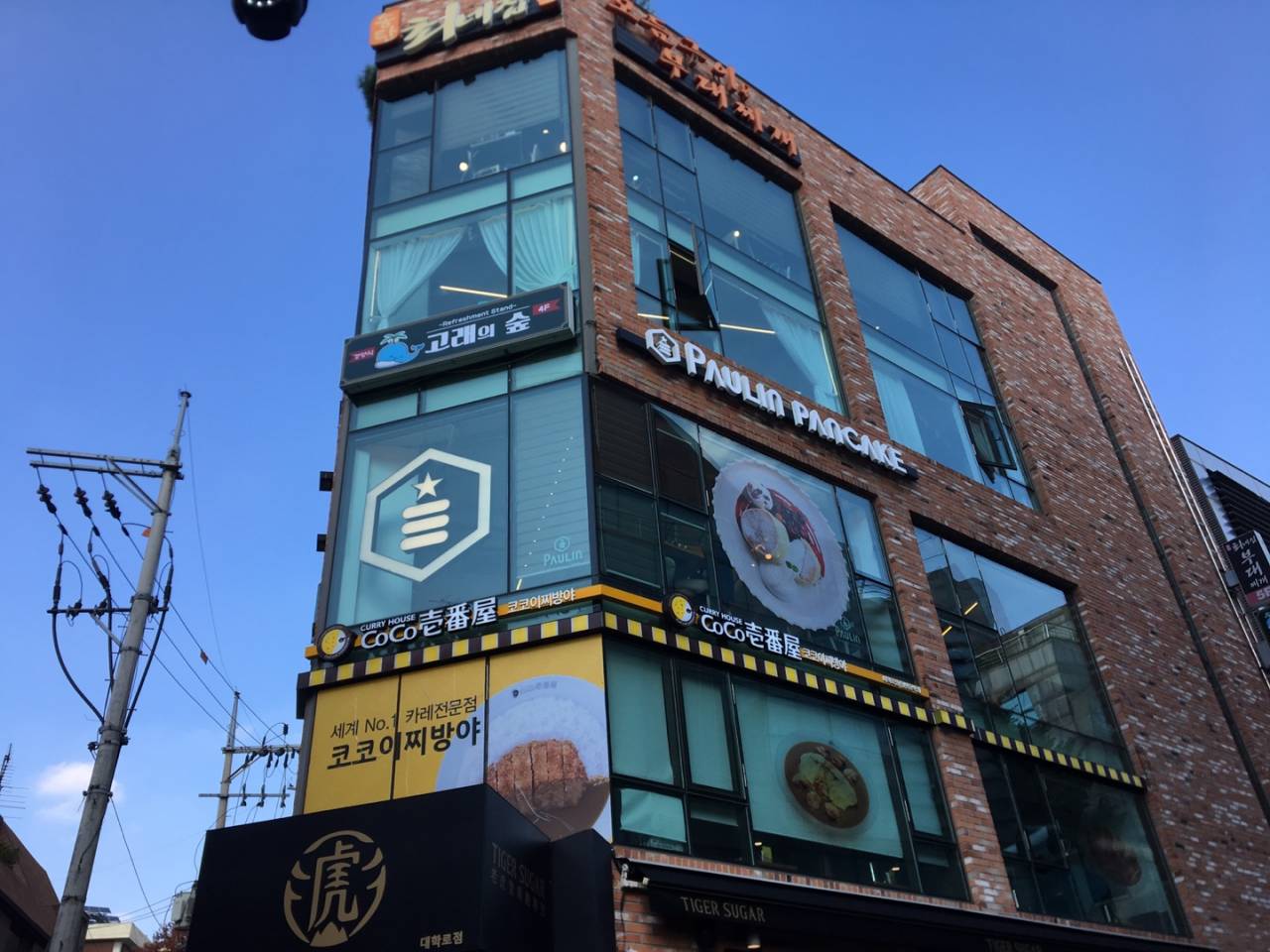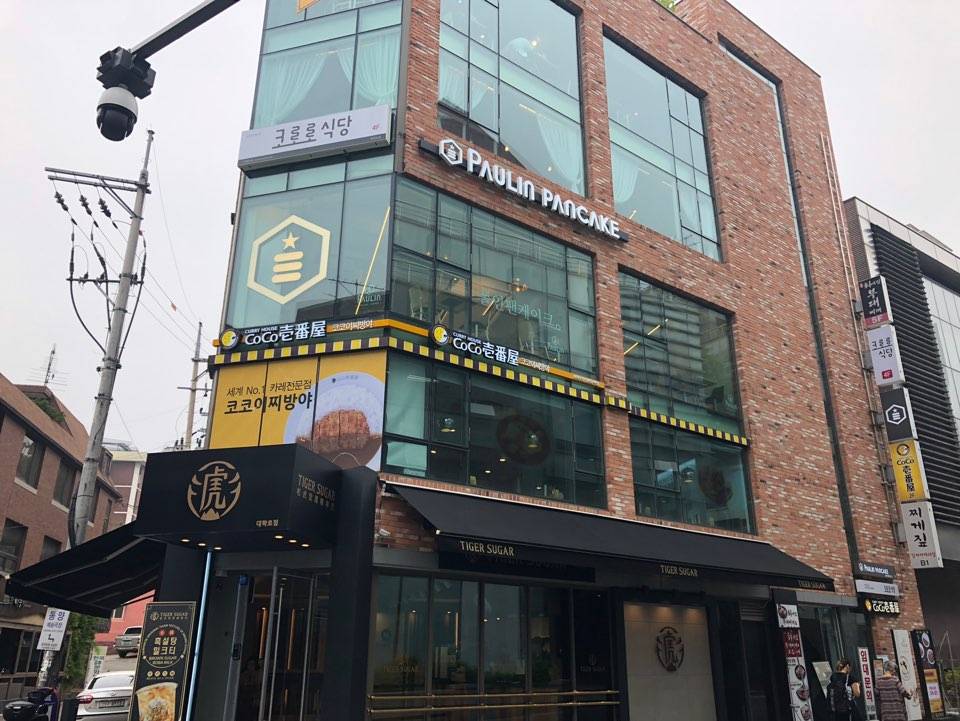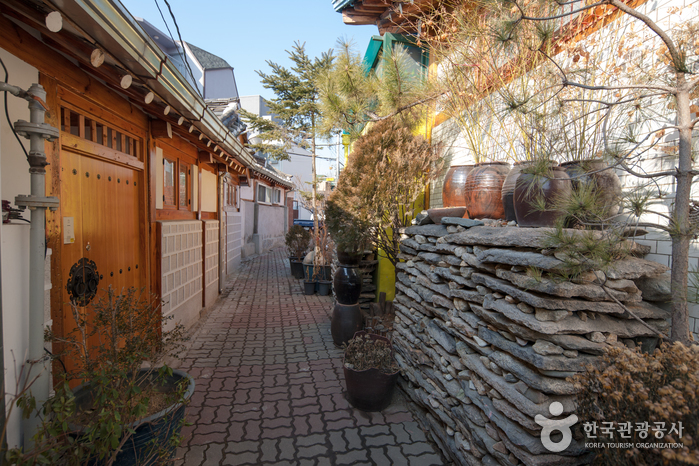Gyeongbokgung Palace (경복궁)
15.6Km 2025-06-19
161 Sajik-ro, Jongno-gu, Seoul
+82-2-3700-3900
Gyeongbokgung Palace was built in 1395 as the official palace of the Joseon dynasty by Yi Seong-gye, the future King Taejo and founder of the new regime. Gyeongbokgung Palace is commonly referred to as the Northern Palace because of its location to the north, comparied to Changdeokgung Palace in the east and Gyeonghuigung Palace in the west. Gyeongbokgung Palace is arguably the most beautiful and is the largest of all five palaces. Many Joseon kings were crowned here. The premises were once destroyed by fire during the Imjin War (1592-1598). However, all of the palace buildings were later restored under the leadership of Heungseondaewongun during the reign of King Gojong. The assassination of Empress Myeongseong, however, resulted in Gyeongbokgung Palace losing its function as a royal palace, eventually witnessing the downfall of the Joseon dynasty. Gyeongbokgung Palace retains the original Gyeonghoeru Pavilion, a prime example of Joseon architecture, and the Hyangwonjeong Pavilion and pond. The sculptures in the Geunjeongjeon Hall exemplify Joseon-era sculpture techniques. The west side of the area outside Heungnyemun Gate is occupied by the National Palace Museum of Korea, while the eastern side of Hyangwonjeong Pavilion within the Gyeongbokgung Palace is occupied by the National Folk Museum of Korea.
Royal Culture Festival (궁중문화축전)
15.6Km 2024-07-17
161 Sajik-ro, Jongno-gu, Seoul
+82-1522-2295
The Royal Culture festival is held at the five Royal Palaces and Jongmyo Shrine. The festival first began in 2014 and provides visitors with first-hand knowledge of these important cultural heritages through unique performances, exhibitions, experiences and programs. The festival expanded in 2021 to be hosted twice a year, in spring and in fall.
Lloyd - Daehangno Branch [Tax Refund Shop] (로이드 대학로)
15.6Km 2024-04-17
1F, 31, Daemyeong-gil, Jongno-gu, Seoul
-
Rakkojae Seoul Bukchon Hanok Hotel (락고재 서울 북촌 한옥호텔)
15.6Km 2024-12-23
49-23 , Gyedong-gil, Jongno-gu, Seoul
+82-2-742-3410
Rakgojae Bukchon Hanok Hotel in Jongru-gu, Seoul, is a traditional hanok compound with a 130-year history, renovated by master carpenter Jeong Yeong-jin. The elegant gate and stone walls, the traditional roof tiles, the jangdokdae jar store, the pavilions and ponds - not to mention the beautiful pine trees - express the archetypal beauty of hanok. Sitting on the daecheongmaru (wooden patio) with a breeze in the trees, guests will feel taken back in time. Guestrooms are clean and comfortable, and visitors can relax in a wood-fired red-clay sauna and a jade-covered ondol room,. Traditional culture programs are available.
Gogungmasil (고궁마실)
15.7Km 2020-05-04
229, Changgyeonggung-ro, Jongno-gu, Seoul
+82-2-763-9937
Gogungmasil is a hanbok rental shop located near Changgyeonggung Palace. Visitors can rent hanbok from Gogungmasil before going on a palace tour to Changgyeonggung and Changdeokgung Palaces.
Innisfree - Daehangno Branch [Tax Refund Shop] (이니스프리 대학로)
15.7Km 2024-04-19
51, Daehak-ro 11-gil, Jongno-gu, Seoul
-
Whale forest (고래의숲)
15.7Km 2021-03-18
136, Dongsung-gil, Jongno-gu, Seoul
+82-70-7543-3313
A restaurant serving Korean-style western dishes. The best menu at this restaurant is house-made pork loin cutlet. This is a Japanese cuisine located in Daehak-ro, Seoul.
PAULIN PANCAKE - Daehakro Branch(폴인팬케이크 대학로)
15.7Km 2021-04-15
136, Dongsung-gil, Jongno-gu, Seoul
+82-2-332-8952
Souffle pancake is a popular dessert in Korea. The best menu at this restaurant is souffle pancakes. This is a cafe located in Daehak-ro, Seoul.
Seochon Village (서촌마을)
15.7Km 2024-12-02
45 Pirundae-ro, Jongno-gu, Seoul (Nuha-dong)
Seochon Village is the name given to the area to the west of Gyeongbokgung Palace. It is a historic village, home to old shops and hanok buildings that have stood the test of time. Korean traditions and contemporary sensibilities coexist within Seochon Village’s maze-like alleyways, creating the unique ambience that makes the district so beloved. One can find shops, guesthouses, cafés, and restaurants in the village.





![Innisfree - Daehangno Branch [Tax Refund Shop] (이니스프리 대학로)](http://tong.visitkorea.or.kr/cms/resource/84/2878184_image2_1.jpg)



 English
English
 한국어
한국어 日本語
日本語 中文(简体)
中文(简体) Deutsch
Deutsch Français
Français Español
Español Русский
Русский